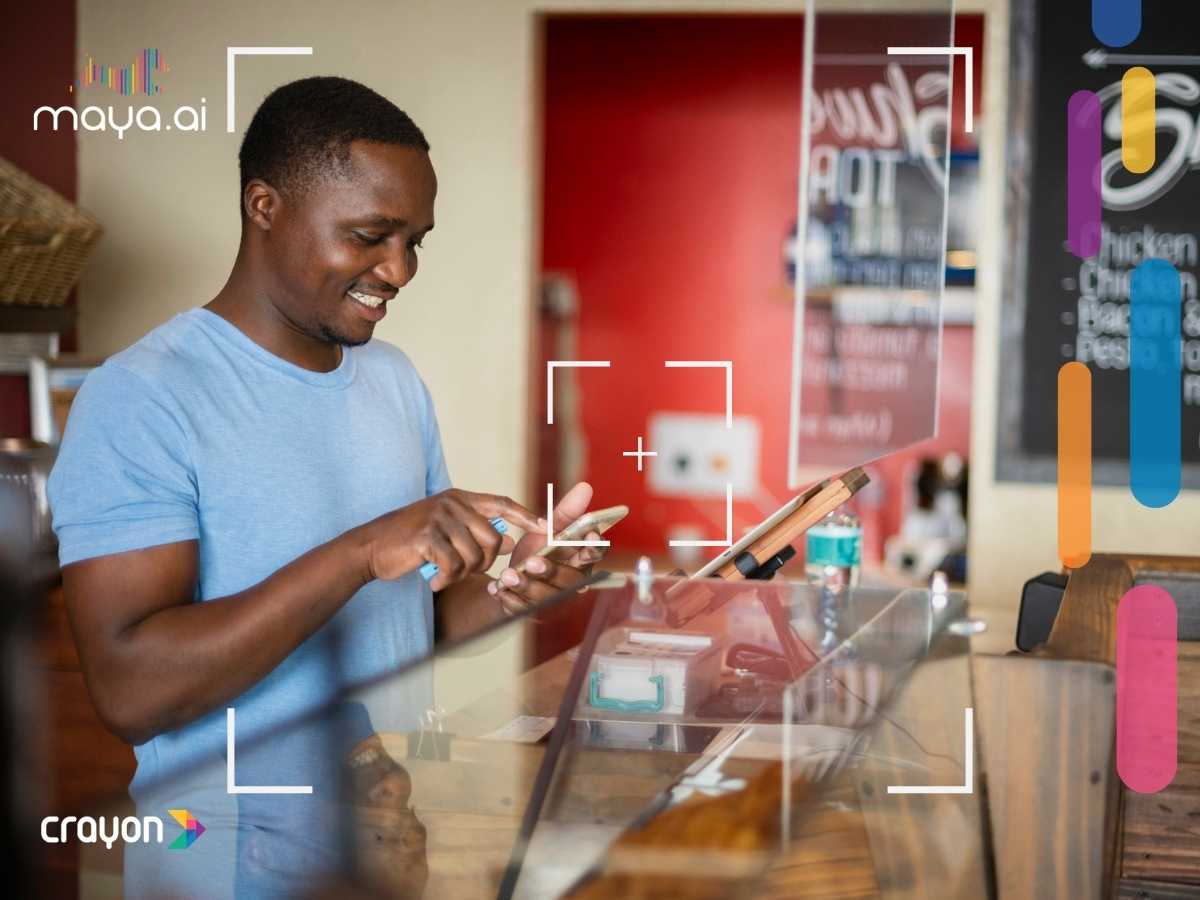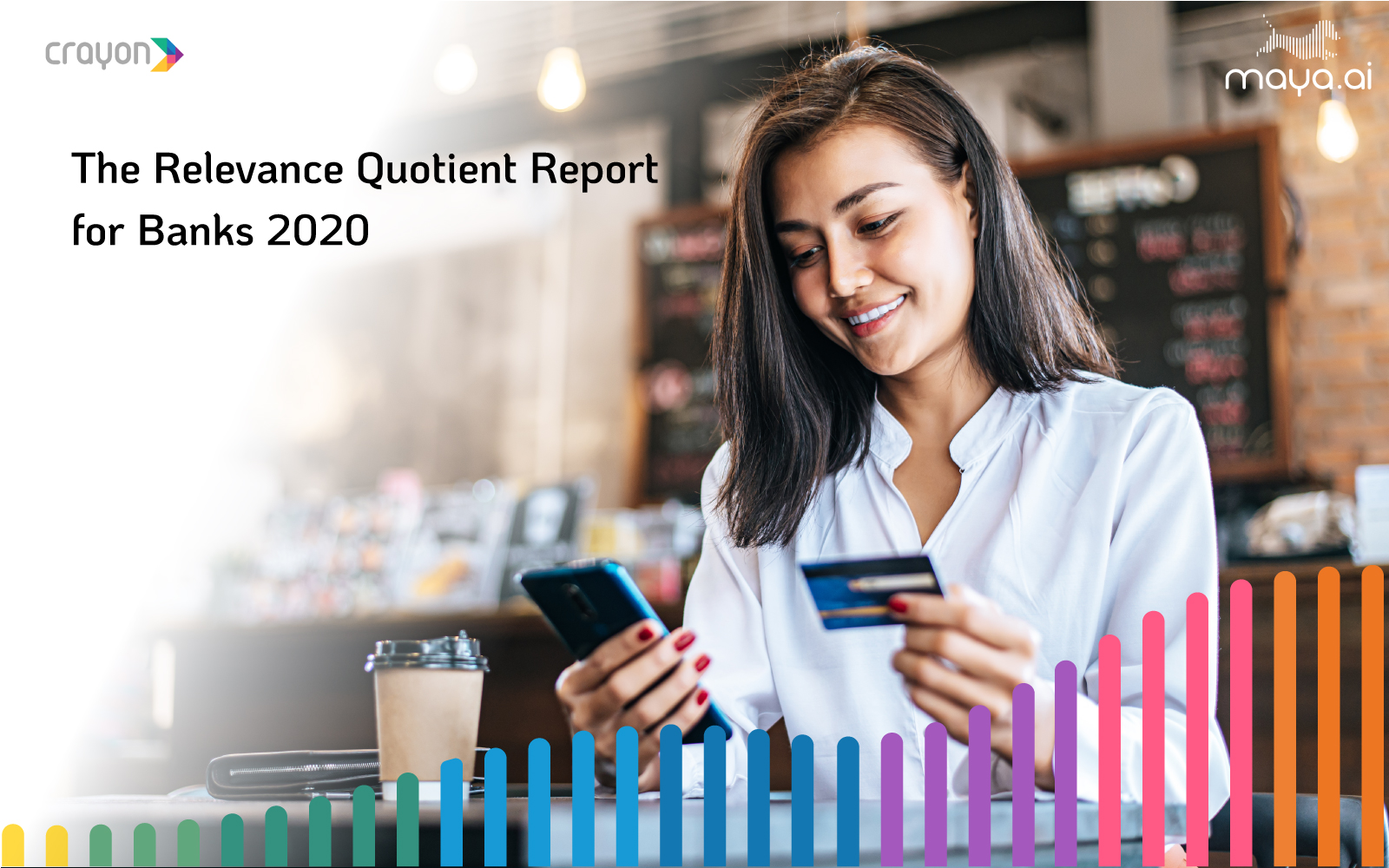
Banking personalization in South Africa
Today’s customers are digital natives. Irrelevance annoys them. Studies show that 85% expect personalized services, while 67% expect personalized experiences. These are not numbers that can be ignored. Banks that are early adopters to the age of relevance can be part of an 800 Bn USD personalization-led shift in revenue. In this series, we’ll explore if banks around the world are ready for this change. This week, we look at South Africa.
Like most countries around the world, South Africa’s e-commerce saw a massive surge in 2020. The pandemic ensured a 30% growth rate in the first half of the year, when compared to 2019. Despite this growth, online shopping still accounts for only 2% of the country’s retail spend. That’s 14% less than the global average.
But the average population that’s less than 30 years old is moderately banked (at 76.5% out of 60 Mn people). And 63% have access to the Internet, with 55% of these making an online purchase. During the pandemic, spending on flights, hotels, and taxis, among others, saw a downturn. OTT, dining, alcohol, and grocery saw a spike.
South Africa prefers digital wallets
With 7+ digital wallet players, the e-payment industry in South Africa is expected to record a CAGR of 12.9%, to reach 29,424.3 Mn USD by 2025. Over 17% of ecommerce transactions (1 in 5 purchases) use e-wallets. The country has also seen ~50% growth in POS transaction using digital wallet. Plus, m-commerce is 21x more popular than e-commerce. Mobile penetration is an effective mode of transacting as internet reach increases.
Neobanks rising in South Africa
The number of fintech companies across Africa grew at an annual rate of 24% between 2009 and 2019. And South Africa has been part of this growth. The neobanking model in the country involves fintechs partnering with banks and running under their banking license. Tymebank, Bettr, CurrencyFair, Neat, and Wise are leaders in this sector.
Industry forecasts show that fintech revenues could grow from 153 Mn USD in 2017 to 543 Mn USD by 2022. This is due to expanding payment services, the ecommerce market, and an even more dynamic smartphone market penetration.
Why should traditional banks be wary of this trend? Because there’s a lot at stake. Including the 14.7 Mn unbanked population. Spamming with irrelevant offers and complicated transactions can create an unpleasant customer experience. With multiple options like neobanks, consumers have the choice to switch from a bank that does not consider their individual preferences. Presenting them with personalized offers can go a long way towards increasing share-of-wallet. And keep them coming back for more.
Platforms like maya.ai work to create a 360-degree view of customers based on their profiles and preferences. Merchants on our Bazaar platform give a wide range of relevant and personalized offers to choose from. To schedule a free demo with our personalization experts, share your details.
More from the #CountryInFocus series here.





















